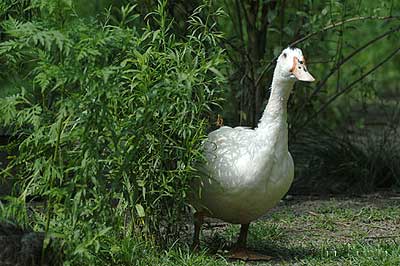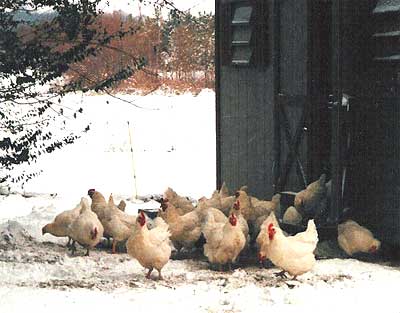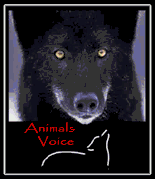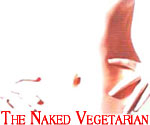Chicken sanctuary

photo courtesy: Lara Bainbridge
This story will seem at first glance out of place at ABN and so too, it would have slipped under our radar had it not been for a chance encounter with one local character, name unknown, who periodically wakes everyone in the neighborhood with his early morning crowing, which in turn led us to the Eastern Shore Sanctuary and Education Center.
Chickens are not a common sight amid the lawns, swimming pools, gardens, and waterways of Florida's Sun Coast, not to say that occasionally one won't appear either as a permanent resident or perhaps just as a visitor from up north who, like everyone else, comes for the good weather, sun and sea. We have lots of water birds: egrets, heron, ducks and osprey; the list is endless but until now did not include, to my knowledge, chickens.
So it is not an exaggeration to say that I was startled one recent morning to see a large, brilliantly colored rooster strut his way across the road doing considerable damage to traffic flow in the process . As I watched him sidle into the palm thicket and disappear from sight I had to wonder if he was a single voyager or part of a local chicken underground.
Where would he have come from, how did he get here. In Florida we have a community of unfortunate chickens called sentinels who spend their lives in little cages set out in the open to be test counters for mosquito bites. The number of bites signals the level of the insect population and tells scientists when to be alarmed about the incidence of St Louis Encephalitis and West Nile Virus - as if I can't tell for myself when the mosquitoes are about. I dismissed the theory of a sentinel escape - although I could certainly understand its motivation.
Soon I settled on the one theory that all too often ends up being the truth; that our friend rooster was probably a cast-off pet. Some well meaning but misguided owner had probably decided that it was too much trouble to care for such a magnificent and obviously self-sufficient example of chickenhood and had simply dumped him by the side of the road.
I decided to call the sighting in to some rescue/shelter in hopes that they had someone more familiar with chicken tracking and retrieval than myself, no such luck. Chickens don't qualify as native waterfowl and local non-water birds don't often register on the authority's endangered species list, especially not chickens.
As I began to despair of locating chicken rescue I turned to the net and immediately came across Eastern Shore Sanctuary, an extraordinary coming together of the right people in the right place and at the right time. But you should read their story in their own voice and see for yourselves the amazing changes they have brought to the lives and fortunes of one of nature's most delightful creatures.
PS. I haven't seen friend rooster lately although his early morning wake up calls continue. Maybe I'll contact the folks at Sanctuary for some expert advise and perhaps a guide to living with chickens.

photos courtesy of Eastern Shore Sanctuary and Education Center













